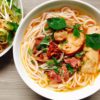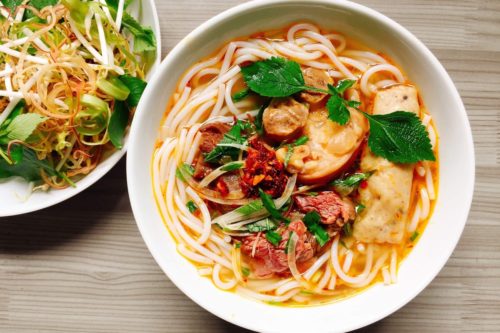Best Foods to Control Hypertension

L iving with hypertension means having persistently elevated blood pressures on repeated readings over a long period of time. The treatment of high BP centers around maintaining blood pressure within a safe range that is individualized for each patient. The best foods to control hypertension are foods that help maintain the blood pressure within the target range successfully.
Let’s take a leaf out of “DASH” which is the most popular, standardized dietary modification recommended for all hypertensive patients by researchers. In its full form, it's called Dietary Approaches to Stop Hypertension.
We’ll refer to it time and again as we break down the best food components for controlling hypertension.
Fruits and Vegetables
DASH suggests hypertensive patients meet their fiber requirements through increased intake of fruits and vegetables.
Pomegranate
The most recommended fruits according to other medical practitioners are those rich in flavonoids; primarily pomegranate, which is studied to counter the effects of diabetes in rats. Pomegranate has anti-inflammatory properties that reverse the effects of long-term diabetes in patients. It has direct antihypertensive effects by lowering systolic blood pressure and is known for promoting cardiovascular health.
Citrus Fruits: Orange, Limes, and Grapefruits
GGrapefruit seed extract, juice, and peels have been widely studied for their properties in reducing blood pressure. An article on Healthline mentions a significant drop in BP in a randomized trial after long-term patients consumed grapefruit seed extract. Orange juice is also studied to have similar effects, to a lesser extent, to decrease hypertension in patients and hence should be made a regular part of the diet.
Low-Fat Foods
Nut Butters, Plant Oils, Fat Free Condiments, and Fat-Free Cheese
DASH urges hypertensive patients to reduce fat intake because high-fat content leads to narrowing of blood vessels, which further causes turbulence in blood flow.
In hypertensive patients, who do not control fat intake, atheromatous plaque formation is a big risk. High BP predisposes patients to stroke, heart attacks, and dislodged emboli that could cause deep vein thrombosis as well as pulmonary embolisms.
An alternative to saturated fats is plant-based oils and nut-butters. These are comparatively healthier alternatives with lower caloric values.
Spices
Cinnamon, Black Pepper, and Paprika
After paprika and bell peppers were popularized as great food that reduces hypertension incidences, researchers studied individual instances of blood pressure spiking in patients after ingestion of capsicums. One such case was mentioned in a 2009 article; after which paprika is absolutely contraindicated for patients with blood pressure.
Cinnamon is an anglo oriental spice that works by relaxing blood vessels, thereby reducing the pressure of blood flow and decreasing the top and bottom values of blood pressure. Many trials and studies on pigs, rats, and now even human subjects have led to researchers giving a green flag to using this as an ingredient for hypertensive diets.
Oil extracted from black peppers actively binds and reduces ACE activity, working exactly like naturally found ACE inhibitors in the body. Along with their efficacy in reducing blood pressures, black peppers work exceptionally well in patients who have both diabetes and blood pressure. They have also shown a tendency to reduce BMI in obese patients with these two conditions. They can be used in dishes either in the form of oil or whole.
Omega-3 Fats
Fatty Fish, Fish Oils, and Seafood
Fatty fish are a great source of omega-3 fats, which are well-known for their effects on cardiovascular health. An HMU research discusses how omega-3 fats are essential for “cell-signaling” pathways, which help in producing strong electrical signals in the heart.
Fatty fish such as salmon, mackerel, tuna, and cod -along with their fish oils- and to a lesser degree, other seafood is also a good source of these omega-3 fats. As in hypertensive patients, plaques, and endothelial damages in vessels is inevitable. Omega-3 proves useful due to its properties that counter inflammatory changes due to hypertension.
The successful inhibition of inflammation relieves hypertensive patients of many biochemical stressors in the body. The ideal requirement is two servings of fatty fish as recommended by DASH.
Hypertension is a seriously debilitating syndrome that can develop many complications in the body over time. However, it is possible to be compliant with medication, exercise, and eat the foods listed above in order to lead a healthy life with hypertension as well.
These foods can help those with Type 1 Hypertension and even those who don’t have hypertension but are prone to developing it in the future. So worry less, and happy chomping!








